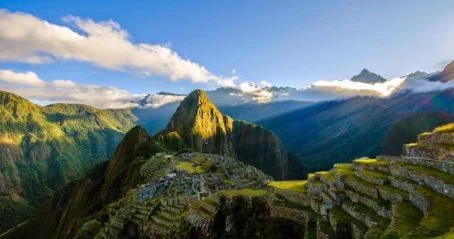
What Travelers Are Getting Wrong About Machu Picchu | Travel News
Misconception About Location
Many visitors wrongly assume that Machu Picchu is located within the city of Cusco. In reality, the archaeological site is situated about 50 miles northwest, high in the Andes Mountains.
To reach Machu Picchu, travelers typically take a scenic train from Cusco to Aguas Calientes, then board a bus up the mountain. This common misunderstanding often causes travelers to miscalculate timing, leading to avoidable logistical issues.
According to PeruRail, the train ride alone lasts around 3.5 hours—highlighting the need for careful planning. While Machu Picchu’s allure is undeniable, knowing its actual location is key for a smooth visit.
Skipping Acclimatization
Altitude sickness can catch visitors off guard, as Machu Picchu sits at 7,970 feet (2,430 meters) above sea level. Many travelers skip the acclimatization process, underestimating the effects of high elevation.
Symptoms such as dizziness, nausea, and headaches can impact the experience. Experts recommend spending a day or two in Cusco or the Sacred Valley beforehand to adjust.
The CDC also advises drinking plenty of water and avoiding intense physical activity during this time. Proper preparation helps ensure a more comfortable and enjoyable visit.
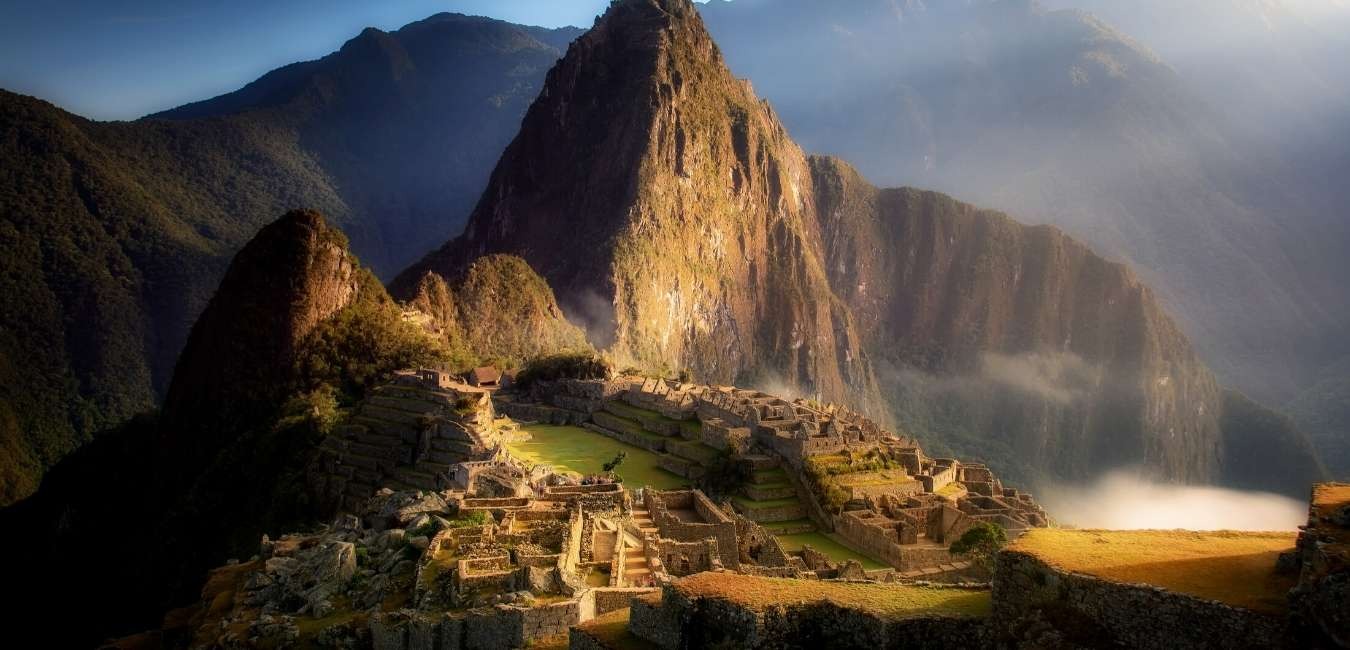
Overlooking the Inca Trail Permit Process
Some travelers assume they can hike the Inca Trail without restrictions. However, access is controlled by the Peruvian government and requires advance permits.
In 2023, only 500 permits were issued daily—including those for guides and porters—making early booking essential.
Official websites provide updates on availability, so prospective hikers should plan ahead to secure their spot on this legendary trail.
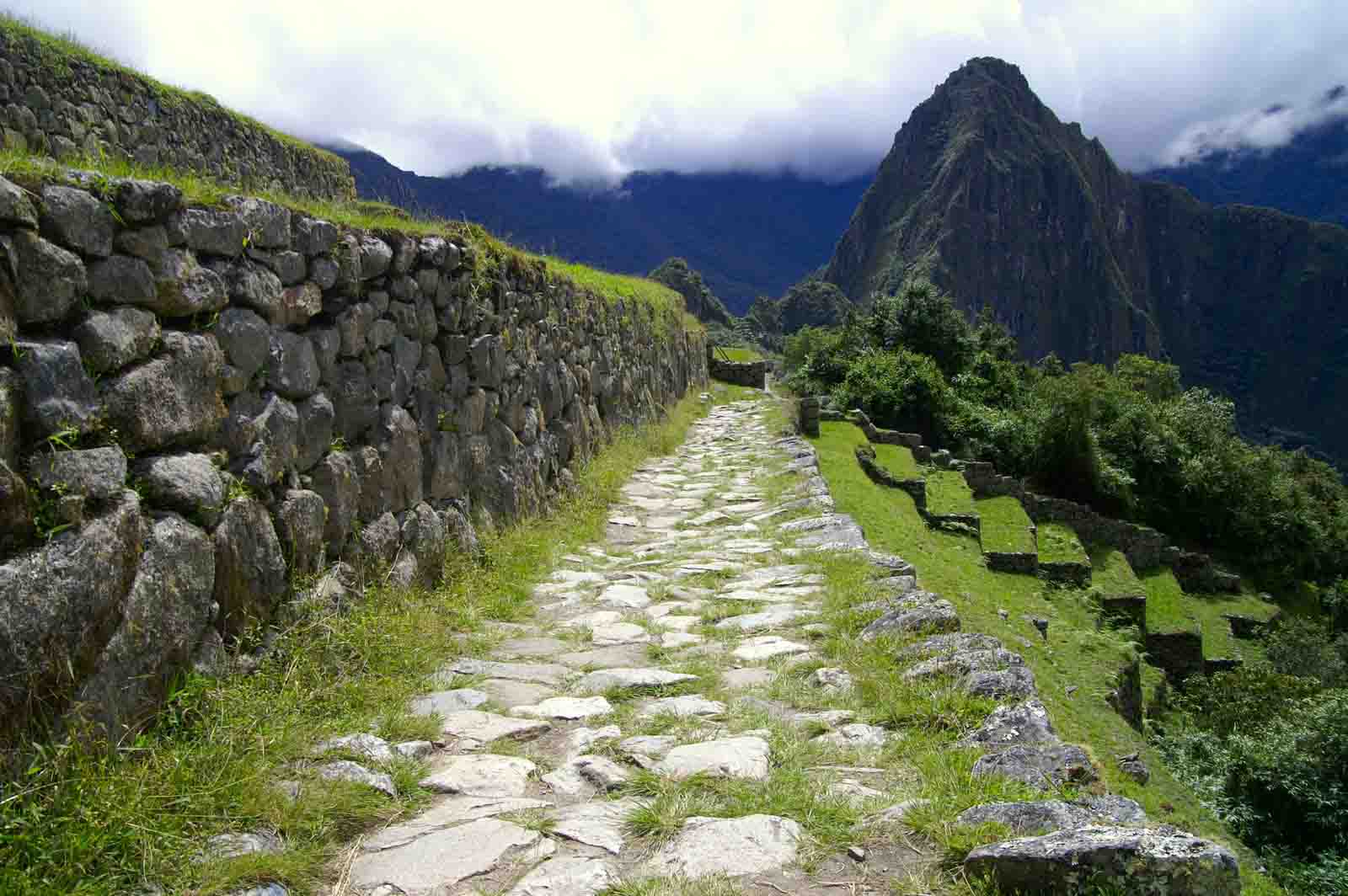
Misjudging Exploration Time
Machu Picchu spans roughly 80,000 acres, yet many visitors underestimate how much time they need to explore it properly.
Rushing through can mean missing highlights like the Temple of the Sun or the Intihuatana stone. It’s recommended to spend at least 3–4 hours on-site to truly appreciate its historical and architectural richness.
Hiring a guide can add depth to the experience by offering cultural context and storytelling that brings the ruins to life.
Confusion About the Best Season
The dry season (May–September) is popular due to clear skies, but it also draws large crowds. In contrast, the rainy season (November–March) is less busy and features lush scenery, though you may encounter showers.
Peru’s Ministry of Culture suggests April and October as ideal times to visit—balancing good weather with fewer tourists.
Understanding seasonal differences can help travelers choose the best time for their personal preferences.
Disrespecting the Cultural Importance
Machu Picchu is more than just a tourist destination; it holds spiritual and cultural significance for the Quechua people.
Unfortunately, some visitors treat it casually, ignoring its sacred nature. Responsible travel means respecting site rules, avoiding littering, and engaging with local guides to learn about the site’s meaning.
The Ministry of Culture urges visitors to help preserve this heritage for future generations.
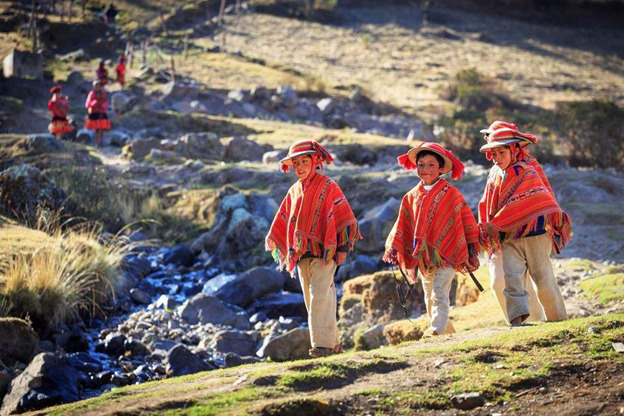
Misconceptions About Llamas
Llamas are often seen grazing around the ruins, leading some to believe they’re part of the original Inca environment. In truth, they were introduced more recently for tourism purposes.
While not historic residents, llamas help manage vegetation by naturally trimming overgrown grass—playing a role in conservation.
Knowing their function helps visitors better understand how tourism and preservation intersect.
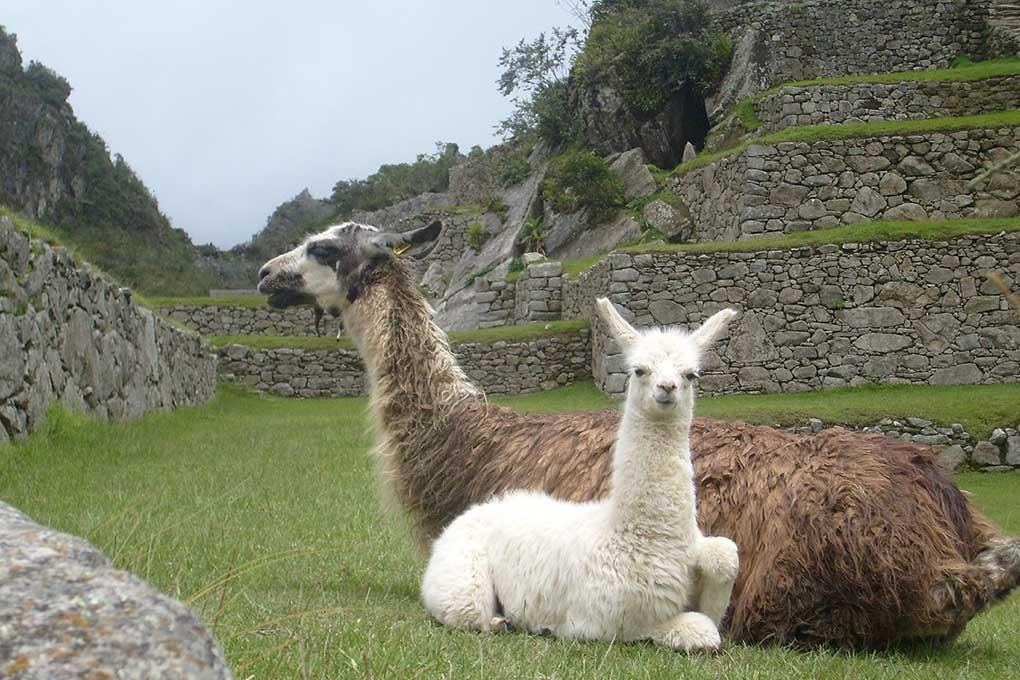
Forgetting Sustainable Travel Practices
The increasing number of visitors has raised concerns about Machu Picchu’s long-term sustainability. Many are unaware of eco-conscious practices that help minimize impact.
Travelers can make a difference by choosing responsible tour operators, reducing waste, and respecting local wildlife.
The Peruvian government is working to support sustainable tourism through visitor limits and education, encouraging guests to be mindful during their visit.
Believing All Tours Are the Same
Not all Machu Picchu tours are created equal. Some offer basic transport and entry, while others include in-depth guided experiences, culinary activities, or extended treks.
Taking time to research and read reviews can help match travelers with the right experience, whether they're seeking luxury, adventure, or cultural immersion.
Customizing the journey makes it far more rewarding.
Underestimating Weather Shifts
The weather at Machu Picchu is famously unpredictable—sunshine one moment, rain the next. Travelers should pack in layers and bring waterproof gear to stay comfortable.
Temperatures generally range between 50°F (10°C) and 70°F (21°C), but mornings can be chilly. Proper clothing ensures a better experience regardless of conditions.
Embracing the climate’s unpredictability can enhance the sense of adventure.
